Despite some shallow storytelling, “Night Swim” dives into homegrown horror and gives us the first joint venture for two genre powerhouses.
American author Ernest Hemingway wrote short stories and novel-length works according to what was known as the “iceberg method,” its stylistic approach revealing only about 10% of what the reader absolutely needed to know – like an iceberg – obscuring almost all of the text’s intent underneath the surface.
The remaining 90% of the work’s importance would be gleaned by the readers themselves. Only upon a close reading could one glimpse the meaningful vastness of ice that lurked under the glass-like visage of the story on paper.
Beneath the surface is where the true meaning awaits.
And beneath that surface is precisely where the terror is meant to hide in Night Swim, the latest collaboration between Jason Blum’s Blumhouse and James Wan’s Atomic Monster film studios (responsible for The Conjuring Universe, Lights Out, Mortal Kombat, Malignant, and 2023’s runaway hit M3GAN). The two cinematic horror juggernauts recently joined forces to ensure a greater output of genre films in the years to come.
Night Swim tells the tale of Ray Waller (Wyatt Russell), a former baseball player forced into retirement due to a degenerative illness. Moving his family into a new home, Ray hopes that the decadent backyard swimming pool will provide a much-needed distraction for him and his crew. Yet, he soon discovers that a mysterious and potentially diabolical entity may lie in wait there.
The pool – which begins as a component to ingratiate themselves into the new neighborhood as well as a therapeutic bit of hydrotherapy for Ray – soon turns into a gateway of horror, inviting ghoulish haunts into the family’s vulnerable inner circle.
Throughout the film, director Bryce McGuire’s screenplay (adapted from a story conjured by McGuire and Rod Blackhurst) maintains a pace that is capably suited to the picture’s storytelling.
The characters are fully introduced, and the conflict is highlighted early on without fanfare.
Over time, the film slowly ratchets up the tension as the ominous dread of the Waller family swimming pool becomes more and more apparent.
Even when the storytelling misses a step or two – either purposely confusing the viewer for the sake of intrigue or confusing the viewer because of the movie’s rather murky plot – Mark Korven’s score remains moody and atmospheric throughout. Compelling the film ever forward, the music provides a perfect counterweight to the silence that engulfs the theater when submerged underwater.
Russell, meanwhile, appears to have the most fun onscreen, vacillating in Amityville-like fashion between family man and fiendish constant for the swimming pool itself.
Ray endures the most change throughout the film – allowing Russell to flex some artistic muscles otherwise marginalized in his other acting work – which is only natural since the movie is primarily concerned with Ray as the husband and father and his ongoing existential dilemma, at odds with his own mortality and his own waning usefulness to a family that once relied on him so heavily.
Where the underwater specter is concerned, the film, unfortunately, offers little explanation that will satisfy the viewer.
In truth, the filmmakers seem less concerned with plot points like these and more concerned with the audience’s own perception of horror.
As the movie begins, the audience learns that this particular new home is not the first example of migration for the Wallers.
As much searching for a cure for Ray’s condition as seemingly running away from it, the Wallers – like Chief Brody in Spielberg’s Jaws – have come here for a respite from the real world. Escaping the crime and corruption of big city life, the Brody family’s sojourn to Amity Island was meant to bring peace to their lives. Instead, their journey transplanted them no less than 50 yards from the Atlantic, where prowls a man-eating Great White no less than 20 feet long.
So much for a family-friendly vacation from the gritty violence of the mainland.
Chief Brody (Roy Scheider) would get a crash course on blood, guts, and abject terror while policing the once-tranquil waters of Amity.
The seaside slaughterhouse became the advertising staple for Jaws, which would come to define what audiences have come to know as the summer blockbuster. Motion picture marketing promised that the film – and its sequel – would make viewers fearful of ever venturing into the water again. In this way, the picture was a profound success, forever changing for some the experience of entering into the ocean and, likewise, the predatory food chain.
“Just when you thought it was safe to go back into the water,” the posters for 1978’s Jaws 2 intoned, and no subsequent statement was necessary to suggest that the viewer was ultimately doomed.
Here, horror was an inevitability — unless one could keep it at arm’s length.
The proximal nature of horror likewise seems to be at the deepest intent of Night Swim.
Where Jaws suggested that terror was somehow just far enough away if you simply stayed away from dark waters, McGuire’s film insists that true horror will nest closer to home – and perhaps that’s too close – so that the indomitable dread is absolutely inescapable. So close, in fact, that the danger is not a few neighborhood blocks away but in one’s immediate backyard.
In addition, the extent to which Night Swim‘s evil infects one of the family members demonstrates with more calculated certainty that the peril is not only of a physical nature but also of a familial one.
If Jaws did a number on a generation of moviegoers, making them more and more reluctant to enter the surf again, then Night Swim intends to do the same for the swimming pool, even as it asks the viewer to be suspicious of those nearest and dearest.
Slowly, the film reveals that the mortal danger is somehow connected to the hand meant to reassure you.
So, while NIGHT SWIM may flounder a bit when it comes to bringing a truly effective horror film to shore, it’s difficult to ignore the organic sense of fear that the picture inspires, especially based upon all those terrors that the audience brings to the theater with them.
Dip yourself into some vastly deep waters and imagine what monsters might tickle your toes, and you’ll have a fine idea of the temperature of the waters that await.
That’s why “it’s so cool in the deep water,” as Ray tells his wife (quietly yet brilliantly played by Kerry Condon) after a particularly harrowing episode of the film.
This moment alerts the audience that the film might not relinquish its grip before dragging everyone in attendance into its murderous, cloudy depths.
“It’s so cool in the deep.”


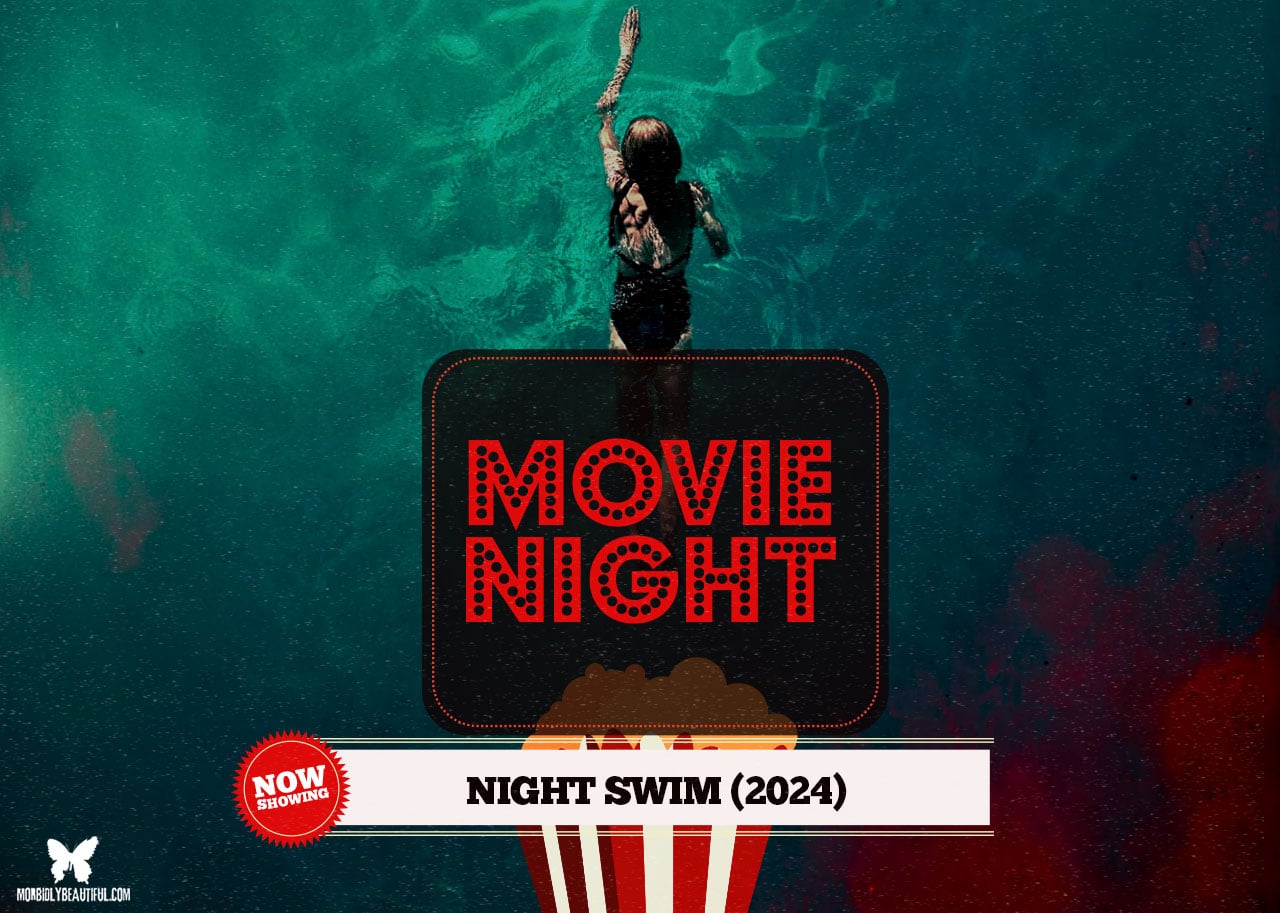
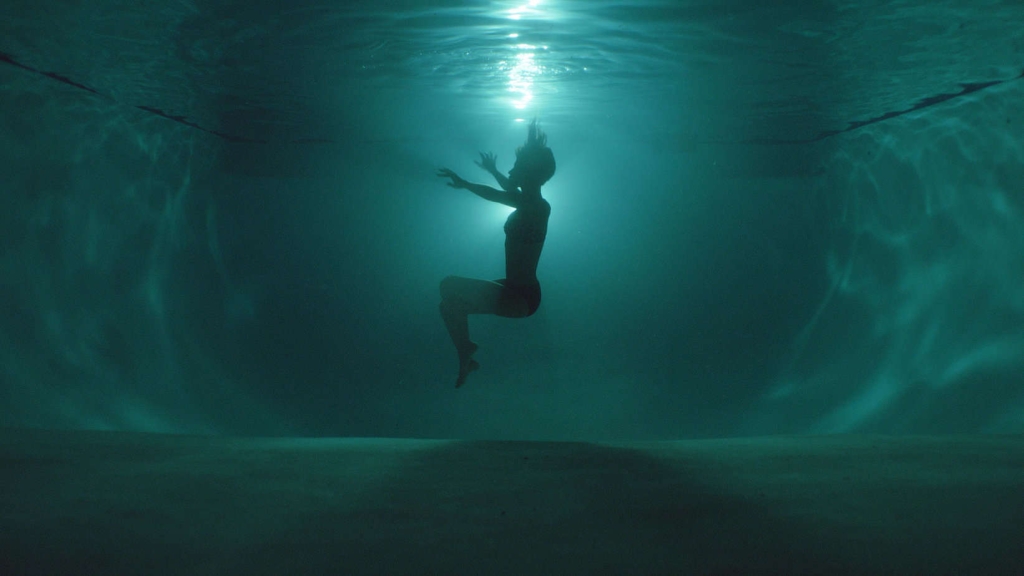
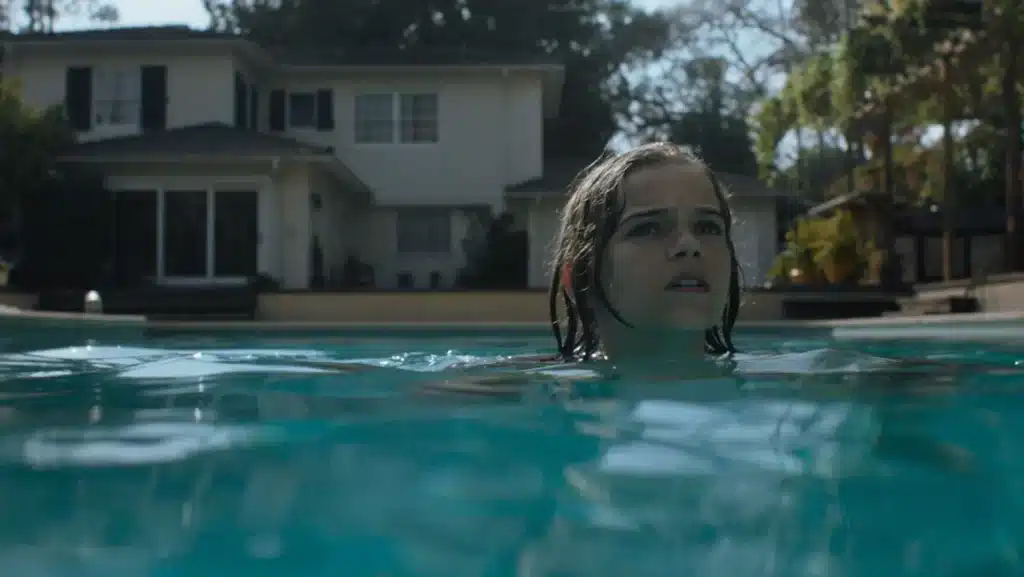
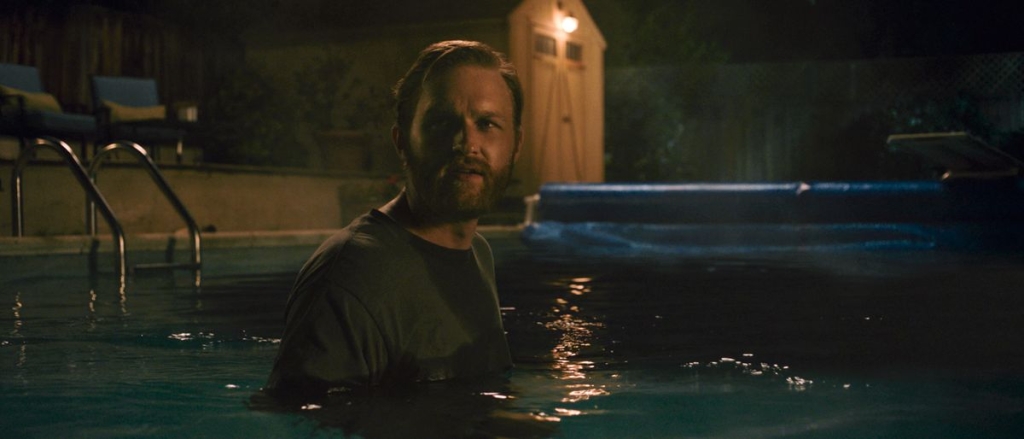
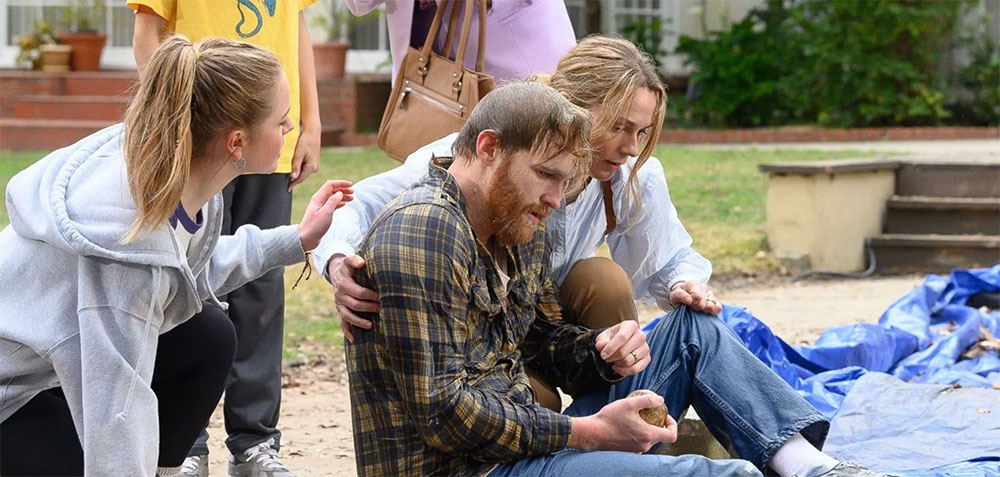
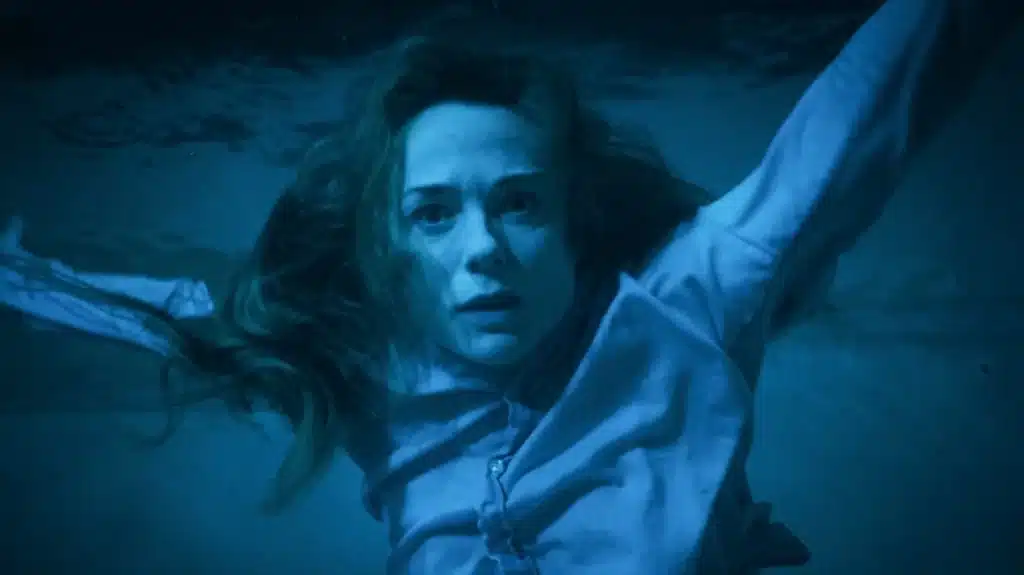











Follow Us!